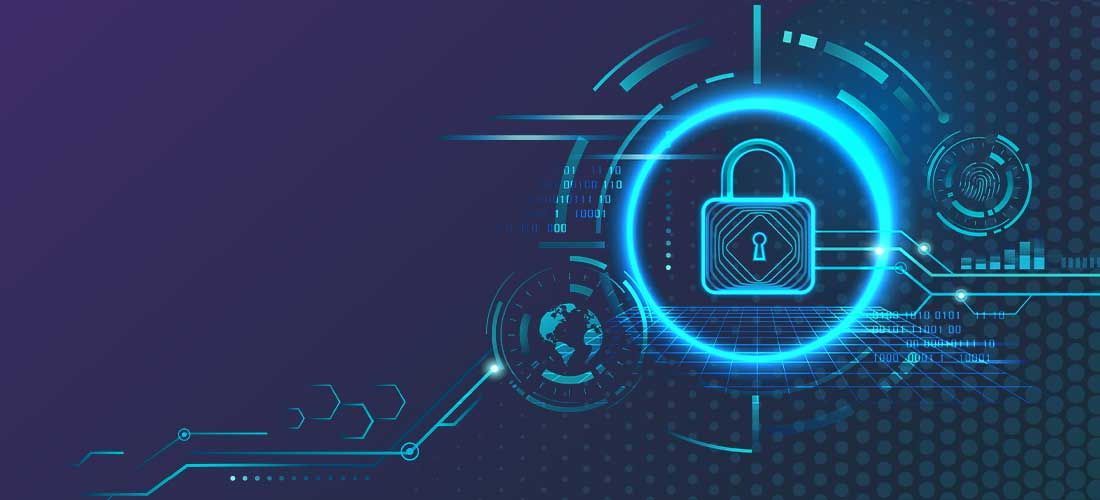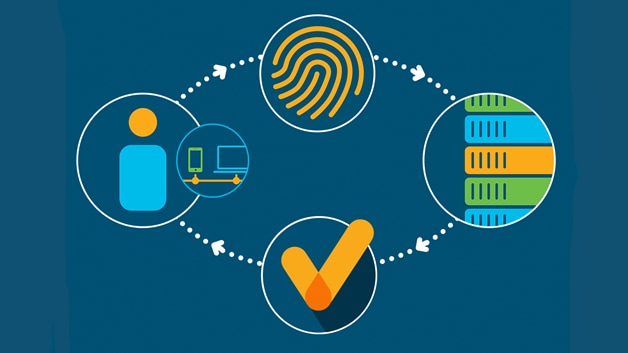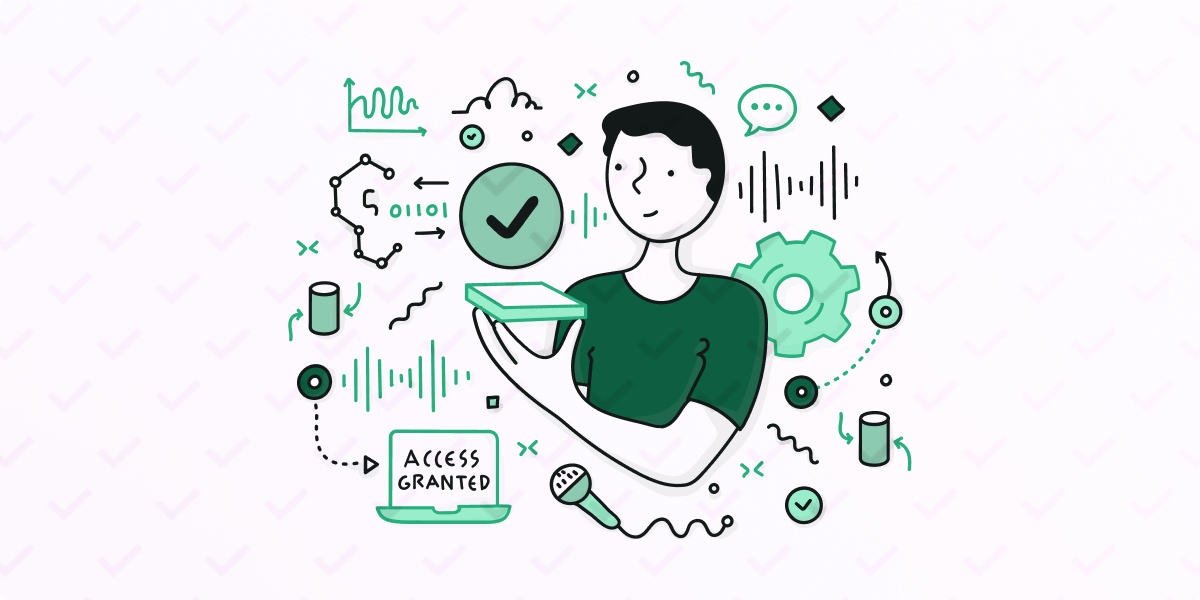In the digital age, two terms often surface in discussions of security and access control: authentication and authorization. While these concepts are closely related, they serve distinct functions in safeguarding systems, data, and resources. Understanding the difference between authentication and authorization is crucial for anyone looking to enhance their digital security skills or manage access to online systems effectively.
1. Introduction to Authentication and Authorization

Authentication and authorization are foundational components in digital security, but they focus on different aspects of user access. Authentication verifies the identity of a user, while authorization determines what resources or data that identified user can access.
Think of authentication as confirming “Who are you?” and authorization as determining “What are you allowed to do?”. These processes work together to create secure environments, especially in systems that manage sensitive data or functions.
2. Understanding Authentication

Authentication is the process of validating that users are who they claim to be. It is the gateway that controls access to a system by confirming the identity of users through various methods, such as passwords, biometric scans, or tokens.
Types of Authentication Methods
There are multiple authentication methods, each with its own level of security and usability:
Password-Based Authentication: The most traditional method, where users enter a password associated with their account. However, passwords can be vulnerable to phishing, hacking, or brute-force attacks.
Two-Factor Authentication (2FA) and Multi-Factor Authentication (MFA): These add extra layers of security by requiring additional factors for verification, such as a text message code, an authentication app, or a biometric scan.
Biometric Authentication: This method uses unique biological traits, like fingerprints, facial recognition, or iris scans, making it harder for unauthorized users to gain access.
Token-Based Authentication: This system uses tokens, often in the form of a generated code or physical device, to confirm identity. For example, an app may provide a one-time code for login.
Certificate-Based Authentication: Certificates, often issued by a trusted certificate authority, help confirm identity by associating a user with a cryptographic key.
Real-World Examples of Authentication

- Online Banking: Users often need to enter a password, receive a text message code, or authenticate with a fingerprint to access their account.
- Social Media Accounts: Platforms like Facebook and Twitter offer two-factor authentication, allowing users to secure their accounts with both a password and a secondary verification.
- Office Building Access: In corporate environments, employees might use an access card or biometric scan to enter the premises.
3. Understanding Authorization
Authorization is the process that determines the permissions or privileges that an authenticated user has within a system. After verifying a user’s identity, the system evaluates the user’s roles and permissions to grant or deny access to specific resources, data, or actions.

Types of Authorization Mechanisms
Several mechanisms define how authorization is structured in various systems:
Role-Based Access Control (RBAC): Access is based on the roles assigned to users. For instance, an administrator role has more permissions than a regular user role.
Attribute-Based Access Control (ABAC): This approach considers various attributes (user attributes, resource attributes, etc.) to make access decisions. It’s often used in complex organizations where access depends on context.
Policy-Based Access Control: Here, access is granted based on policies that dictate what actions can be performed under specific conditions.
Discretionary Access Control (DAC): The owner of a resource can decide who can access it and what actions they are allowed to perform.
Real-World Examples of Authorization

- Healthcare Systems: A doctor might have access to medical records, but an administrative staff member may only have limited access to scheduling information.
- Company Intranet: An employee may have access to department-specific files but be restricted from seeing files related to other departments.
- Content Management System (CMS): A user with an “editor” role can edit and publish posts, while a “viewer” role may only view published content.
4. Key Differences Between Authentication and Authorization
While authentication and authorization are both integral to secure systems, they address distinct aspects of access control.
| Aspect | Authentication | Authorization |
|---|---|---|
| Definition | Verifies the identity of a user | Determines what resources a user can access |
| Question Answered | “Who are you?” | “What are you allowed to do?” |
| Process | User identity verification | Access permission assignment based on roles/policies |
| Order in Workflow | Occurs first in the access control sequence | Follows successful authentication |
| Example | Logging in with a password and two-factor code | Accessing restricted documents based on user role |
| Technology Used | Passwords, biometrics, tokens | Role-based access, attribute-based access, policy rules |
5. How Authentication and Authorization Work Together

Authentication and authorization are often seen as parts of a larger security framework, working in tandem to ensure only the right users have access to the right resources.
For example, in a corporate environment, an employee might authenticate by logging in with a username and password (authentication), then only be allowed to access data relevant to their department (authorization).
In systems like web applications, authentication often involves services like OAuth or OpenID Connect, which verify identity, while authorization might involve API permissions or scopes defining access levels.
6. Why Authentication and Authorization Are Important

Properly implemented authentication and authorization measures are critical to any secure system:
- Protecting Sensitive Data: Restricting access to data minimizes the risk of leaks or unauthorized access.
- Compliance with Regulations: Many industries have strict access control requirements. Effective authentication and authorization help meet these standards.
- Reducing Insider Threats: Authorization controls limit employees’ access based on their roles, reducing the risk of internal misuse.
- User Trust and Security: Strong security practices build trust with users, who feel more confident in the safety of their personal data.
7. Best Practices in Implementing Authentication and Authorization

Implementing secure and effective authentication and authorization systems requires careful planning. Here are some best practices to consider:
- Use Multi-Factor Authentication: Adding layers of authentication helps ensure that users are genuinely who they claim to be.
- Implement the Principle of Least Privilege: Only provide access that is absolutely necessary, especially in authorization policies.
- Regularly Audit and Update Permissions: Regularly review user permissions and roles to adapt to any changes in roles or threats.
- Use Strong Password Policies: Enforce the use of complex passwords and encourage regular updates.
- Consider Using SSO (Single Sign-On): For a streamlined and secure user experience, use single sign-on systems, which allow users to authenticate once and access multiple services.
- Monitor Access Logs and Set Up Alerts: Track logins and access attempts for unusual patterns that could indicate security risks.
8. Conclusion
While authentication and authorization are related, they address two fundamentally different parts of access control. Authentication is about identity verification, and authorization is about granting access rights. Each serves a unique purpose but works in tandem to ensure systems are secure and users have the appropriate level of access.
In the ever-evolving landscape of digital security, understanding the distinction between these concepts is crucial for creating safer online experiences. Implementing both authentication and authorization properly not only protects sensitive data but also builds a foundation of trust for users and stakeholders alike. As technologies and threats evolve, so too must our approaches to keeping digital systems secure.
